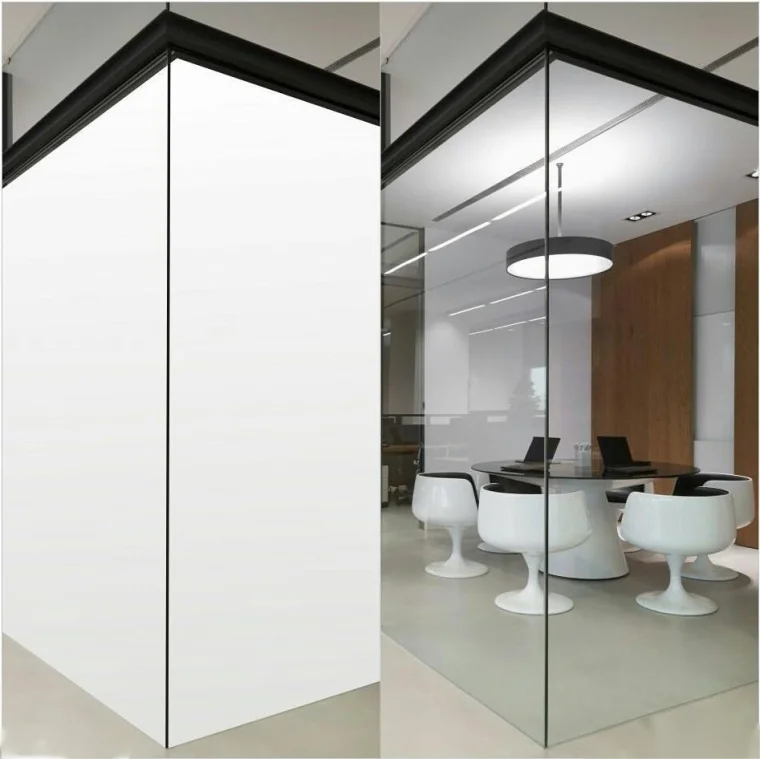In the realm of interior design and construction, choosing the right materials for wall finishes is crucial. Two popular options that often come into consideration are wall cladding and tiles. While both have their own merits, this blog post aims to delve into the cost efficiency aspect of wall cladding in comparison to tiles. By analyzing various factors such as material costs, installation expenses, and long-term maintenance, we can determine whether wall cladding is indeed a more economical choice. So, let's explore the world of wall finishes and uncover the truth behind their costs.
- Material Costs:
When it comes to material costs, wall cladding tends to have an advantage over tiles. Wall cladding is available in a wide range of materials, including PVC, wood, metal, and composite panels. These materials often come at a lower price point compared to high-quality tiles. Additionally, wall cladding requires fewer materials overall, as larger panels can cover more surface area than individual tiles. This factor contributes to the cost efficiency of wall cladding. - Installation Expenses:
The installation process plays a significant role in determining the overall cost of wall finishes. Tiles require meticulous placement, grouting, and sealing, which can be time-consuming and labor-intensive. On the other hand, wall cladding panels are relatively easier to install, especially when using systems that allow for quick and efficient mounting. This simplicity in installation can lead to reduced labor costs, making wall cladding a more budget-friendly option. - Long-Term Maintenance:
Considering the long-term maintenance requirements is essential when evaluating the cost efficiency of wall finishes. Tiles, although durable, may require periodic regrouting and sealing to maintain their appearance and functionality. In contrast, wall cladding materials often have superior resistance to moisture, stains, and wear, reducing the need for frequent maintenance. This advantage can result in long-term cost savings, as fewer repairs and replacements are necessary. - Energy Efficiency:
An often overlooked aspect of wall finishes is their impact on energy efficiency. Wall cladding, particularly those made from insulating materials, can enhance a building's thermal performance. By providing an additional layer of insulation, wall cladding helps to regulate indoor temperatures, reducing the reliance on heating or cooling systems. This energy-saving characteristic can lead to significant cost savings in the long run, making wall cladding a more economical choice.
Conclusion:
After a comprehensive analysis, it becomes evident that wall cladding offers a cost-efficient alternative to traditional tiles. With lower material costs, simplified installation processes, reduced long-term maintenance requirements, and potential energy savings, wall cladding proves to be a practical and economical choice for various applications. Whether it's for residential or commercial projects, considering the cost efficiency of wall cladding can lead to both aesthetically pleasing and financially sound outcomes.





